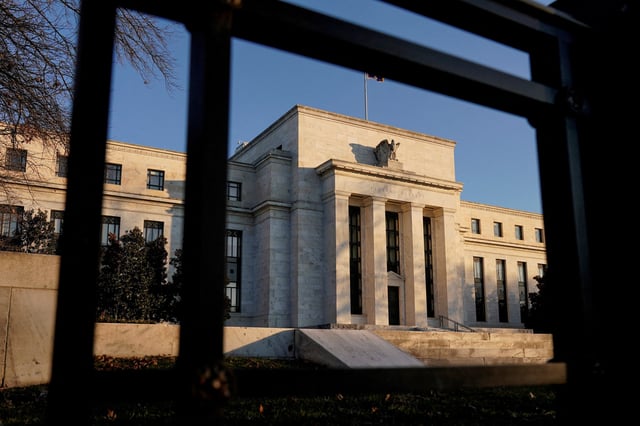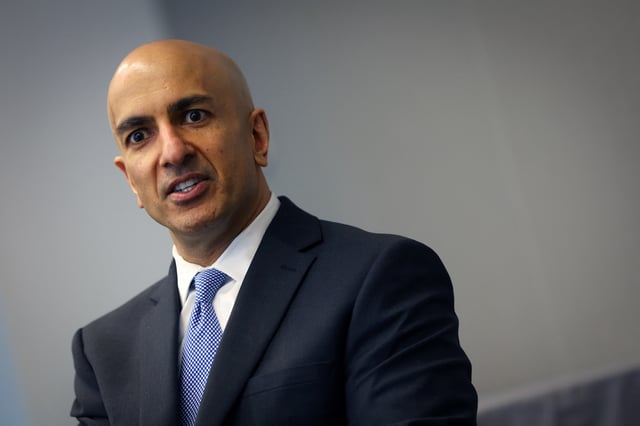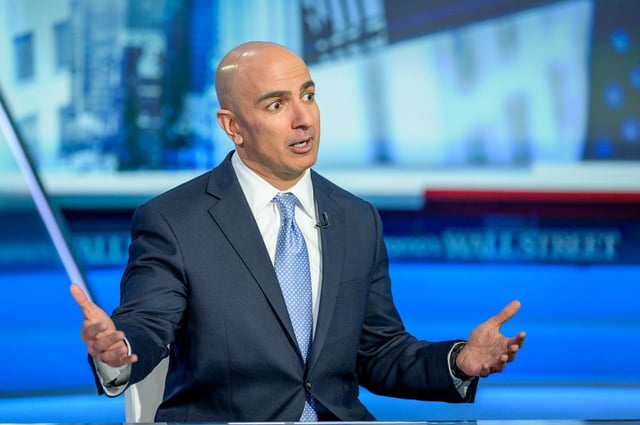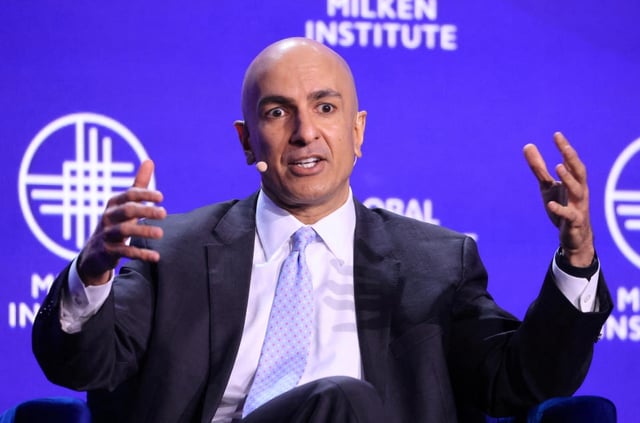Overview
- The Fed has kept its benchmark rate at 4.25%–4.5% since December because officials lack clarity on tariff pass-through to price inflation.
- Minneapolis Fed chief Neel Kashkari warns of protracted trade talks and potential tit-for-tat levies, urging rates stay unchanged to defend long-term inflation expectations.
- Some policymakers, including Fed Governor Christopher Waller, argue that tariff-driven price spikes may be temporary, allowing the bank to look through short-term shocks.
- Research papers published since January estimate that initial China tariffs added roughly 0.3 percentage points to core goods inflation and forecast further increases under expanded levies.
- Fed modeling shows that tariffs and possible retaliation could reduce real household incomes by about 1% nationally and swing state consumption by up to nearly 3%.



